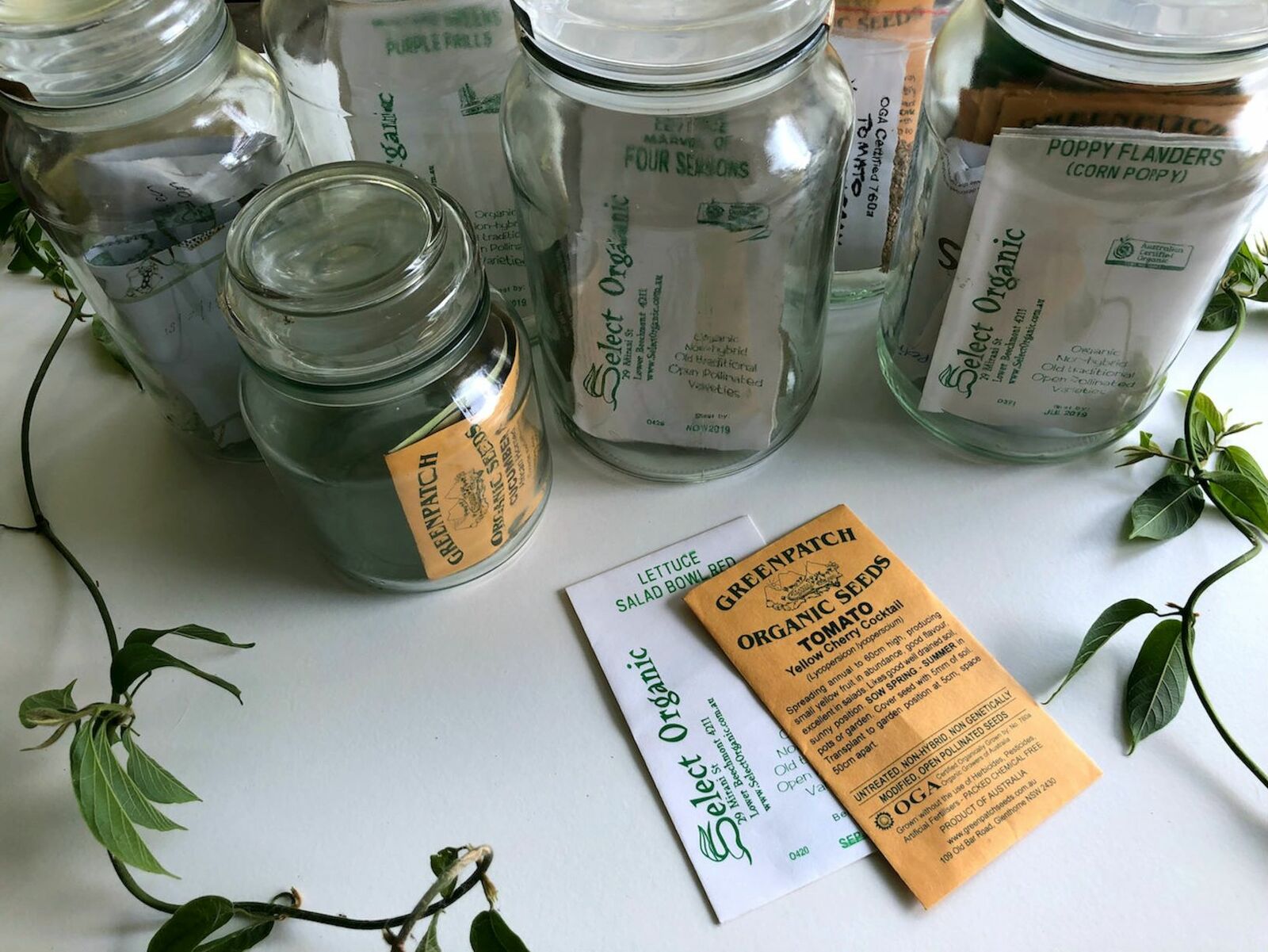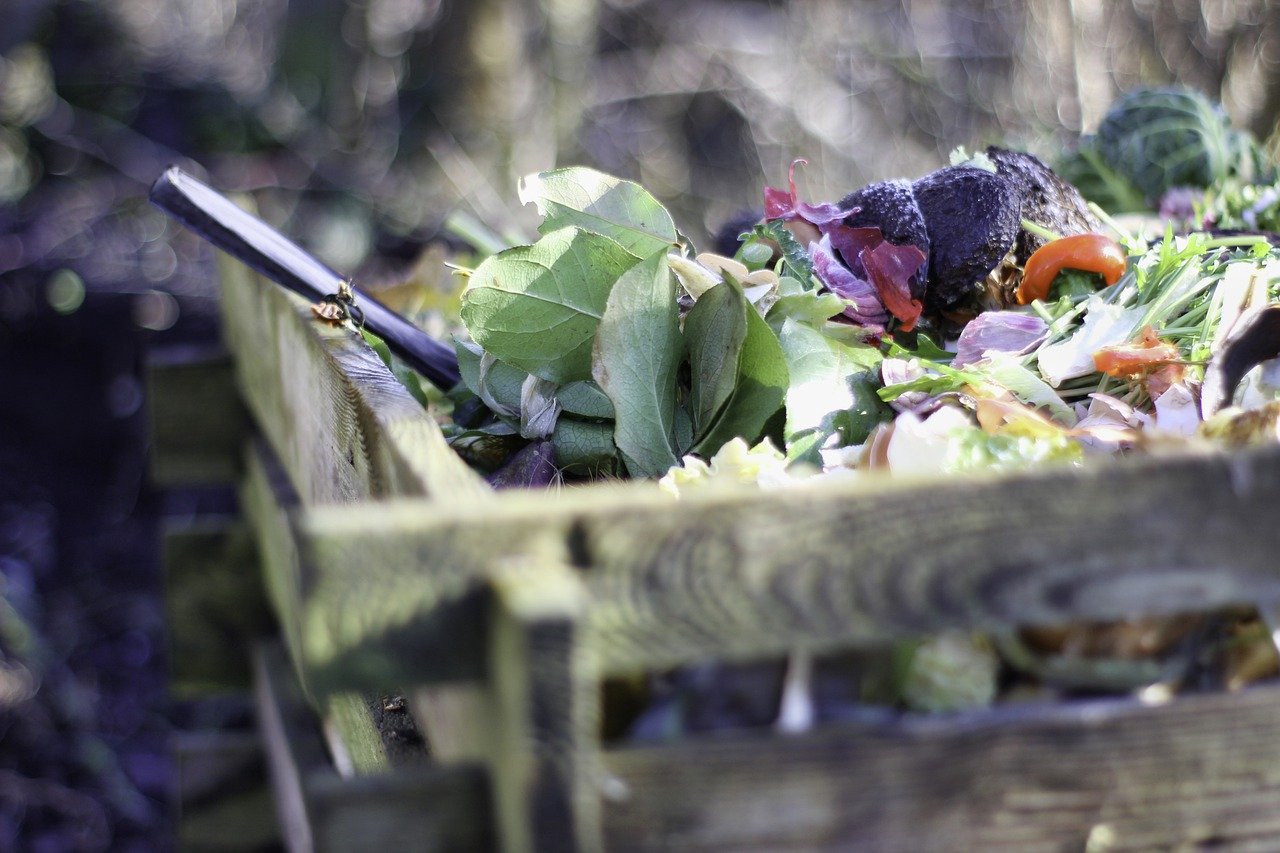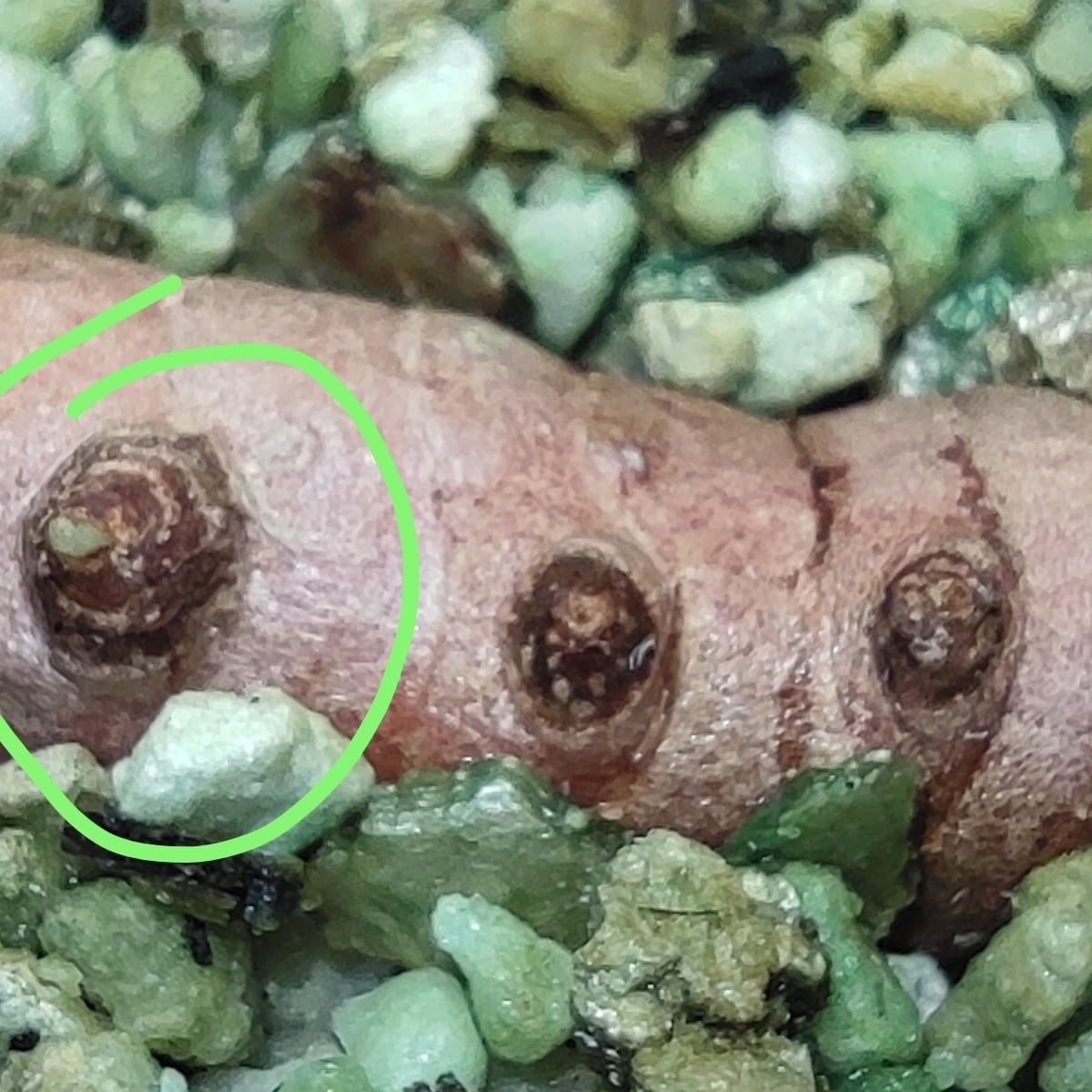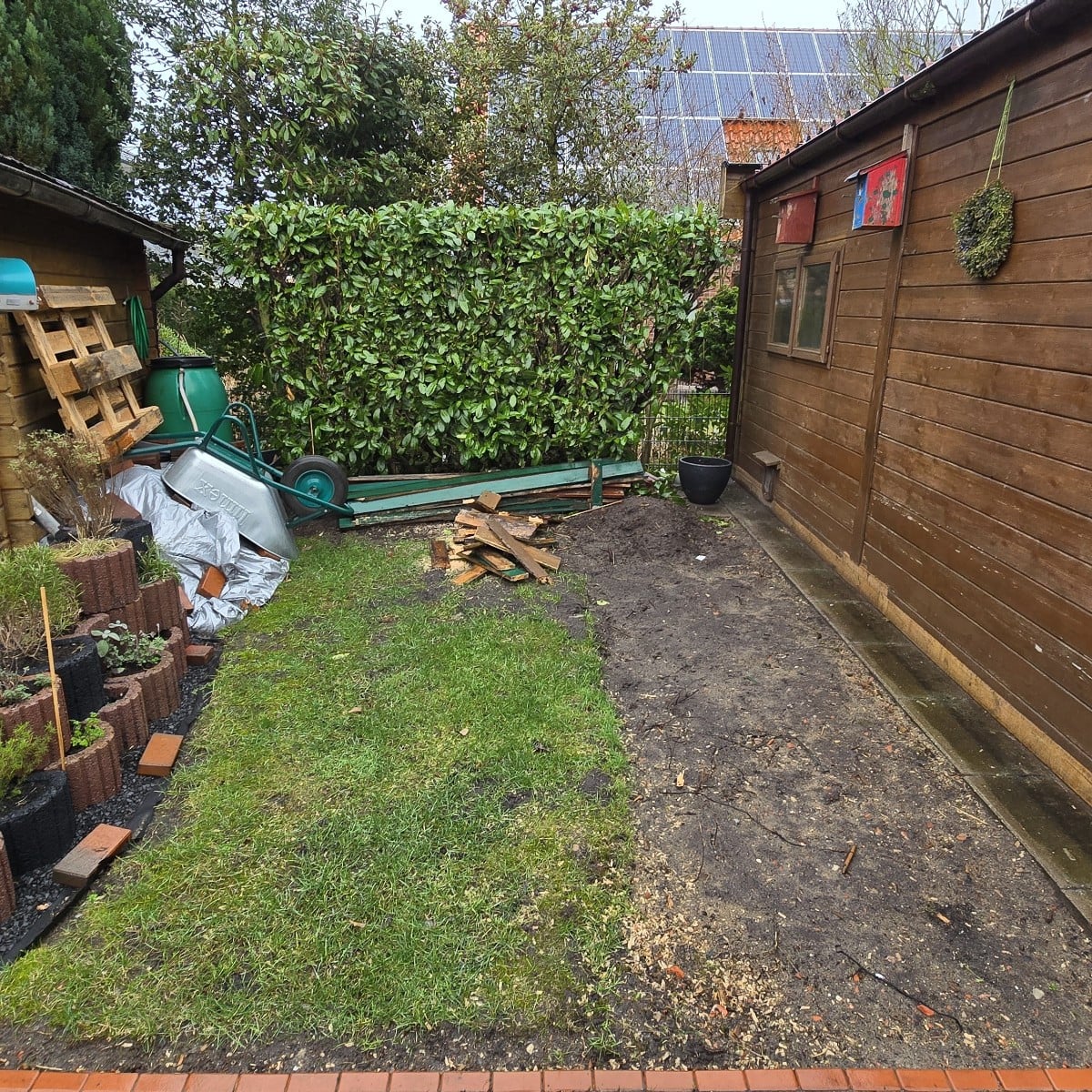
Gardening in February: What to Do
In February, everything starts rolling again as nature slowly wakes up. Those who have been busy have already done their garden planning in the quieter winter months. Now the first seasonal work can begin. In addition to caring for fruit trees and shrubs, there are also tasks such as preparing for the season, maintaining cold frames, cultivation and winter sowing.
This Article Contains:
- Plan and Prepare for the Gardening Year
- Prepare Vegetable Beds: Spreading Compost & Mulching
- Harvesting Winter Vegetables: New Space in the Bed
- Sowing in February: Winter Sowing
- What Can I Propagate in February?
- Gardening Tips for February: “Heat Up” Cold Frames
- Planting and Caring for Fruit Trees
- Frequently Asked Questions About February Gardening Month
Quick Overview
Gardening Tips in February: What to Do
- Seasonal planning and seed purchase if necessary
- "Heat up" cold frames with horse manure
- Prepare vegetable beds: Spread compost/fertilizer and mend the mulch layer
- Last winter vegetables such as lamb's lettuce, winter purslane, radicchio, rose and kale, leeks, savoy cabbage and sugar loaf
- Plant and care for fruit trees (pruning + trunk care)
Sowing in February: Direct Sowing and Cultivation
- Winter sowing: all cabbage and lettuce varieties, chard, spinach, carrots, radishes, parsley, dill and many summer flowers
- Pre-cultivation: lettuce, spinach, cabbage (rabi), radish, celery, eggplant, bell pepper, tomato, chili, cress, rocket, chervil, basil
Plan and Prepare for the Gardening Year
By February at the latest, the experienced gardener has planned the season. This involves drawing up plans for mixed crops and planting companions and marking the sowing dates so that everything is done on time. Attention is also paid to maintaining healthy succession cropping. You can find out How to Plan and Prepare Your Gardening Year in this article.
Buying Seeds for the Season

Once you have completed your planning, you can buy or order seeds. This is because you can already start sowing some of the seeds this month. The selection of seeds is also at its widest now. We recommend that you opt for organic and seed-resistant seeds.

Mixed Culture Planning Made Easy
With our Bed Planner you can easily plan a colorful mixed crop. Good and bad companion plants are shown right away, and you get crop rotation tips!
Build Your Vegetable PatchPrepare Vegetable Beds: Spreading Compost & Mulching
On warmer and frost-free days, you can start applying organic fertilizer to your beds. If possible, use slowly decomposing (organic) fertilizers such as horn shavings or coarsely rotted manure. You can also apply compost to your beds. According to Charles-Dowding's No Dig Method, you can optimally prepare your beds for a season by applying a layer of compost about 2.5 cm/1 in thick. For poor soils, the requirement can be increased to a layer up to 15 cm/6 in thick. On the one hand, the compost serves as fertilizer. On the other hand, it is also mulch that protects the beds and can suppress weeds.
Mulching
Some weeds start to germinate or sprout early and perhaps wind and weather have exposed a few spots in your bed, allowing light to reach the soil surface. To counteract excessive weed growth, mulch the areas where there is only a thin layer of mulch or none at all. The mulch also protects against soil erosion and provides sustainable food for soil organisms that can improve plant growth. You can find more Tips on Mulching and Suitable Mulch Materials here.

Harvesting Winter Vegetables: New Space in the Bed
Before the warmer spring finally arrives, the last of the Winter Vegetables should be harvested. Warm temperatures mean that lamb's lettuce, winter purslane, radicchio, rose and kale, among others, start to flower, making them inedible.
Sowing in February: Winter Sowing
Before the "real" gardening work starts, you can begin with winter sowing. Of course, this is also possible from January if you wish. Crops such as all types of cabbage and lettuce, chard, spinach, broad beans, carrots, radishes, parsley, dill and many summer flowers are suitable for this. The seeds of these crops are cold-tolerant and only start to germinate when the light and temperature conditions are right. You can find out exactly how to do this in our article on Winter Sowing.
What Can I Propagate in February?
Lettuce, spinach, cabbage (rabi), radishes or slow-germinating celery can also be grown on the windowsill or in a frost-free greenhouse. The same applies to herbs such as cress, rocket, chervil and basil. Summer vegetables with a long development period such as eggplant, tomato, bell pepper and chili can also be sown on the windowsill from mid-February.

Gardening Tips for February: “Heat Up” Cold Frames
If you have cold frames, you can safely sow the first seeds in February using an old trick: Start by digging your cold frame to a depth of approx. 50 - 70 cm/19.7 - 27.6 in (depending on the height of your cold frame, of course). The best time to do this is in the fall. Then, from the first half of February, fill the excavated cold frame with a 30 - 40 cm/11.8 - 15.7 in thick layer of horse manure. If it is manure without stable litter, mix in some leaves or straw in a 1:1 ratio. Press the manure down well and add another 20 cm/7.9 in layer of mature humus (mature compost) on top. To restore your bed to its former height, fill it up with garden soil, mixing in some compost here too. Now close the windows of your cold frame and wait approx. 2 weeks. The horse manure will begin to decompose and the activity of the soil microorganisms will generate an enormous amount of heat, similar to hot composting. Horse manure is preferred because it releases a lot of heat as it decomposes. This natural heating allows your first crops to germinate early, which is why you can start sowing from the second half of February. Just ask at your nearest horse farm for the manure.
Planting and Caring for Fruit Trees
You can plant new fruit trees or berry bushes in spring. You can find out What You Need to Consider When Planting Fruit Trees and Tips on Planting here in this article.
If the temperatures are around freezing point (-2 to 5 ° C/23 to 41 ° F), you can prune the fruit trees in your garden if you haven't already done so in the fall. Pruning is still possible until mid-March. This is before the trees start to let the sap rise into the branches to form leaves. The prunings can be piled up in a quiet corner of the garden as a Benjes hedge to provide a protected place for beneficial insects. We explain How to Create a Benjes Hedge here. You can also devote yourself to trunk care. The sometimes significant temperature difference between frosty nights and warm sunny days can cause tension in the bark of the trunk. This can easily cause cracks, which not only weaken the tree, but also serve as an entry point for many diseases. To prevent tension, you can coat the trunks with milk of lime, horsetail broth, tansy tea, seaweed lime or clay powder. The light color of the coatings reflects the light and warmth of the spring sun and thus prevents the strong temperature fluctuations on the tree.
I hope I was able to give you a good overview of the gardening work in February. If you have any questions or comments, please write to us at [email protected].
Do you want to get helpful gardening tips all year round and plan your own beds optimally? Then register here or download the Fryd app for Android or iOS.
Fryd - Your digital bed planner

Isabell
Isabell studies agricultural sciences and loves to be surprised by nature and its complexity again and again. Herbs - whether gathered wild or in the garden - are her passion.
Learn MoreCurrent Topics in the Community


My homemade beeswax candles made from my own beeswax Now the problem is that I can no longer reach my vegetables - even the digging fork is frozen solid - I can only harvest Brussels sprouts and kale

Liked 2 times
After two weeks, the turmeric rhizome shows the first signs of life. #turmeric #spices

Liked 2 times
The raised bed 1x5m is small wood. A 2.5x3m greenhouse is now to be built here in spring 26. What is your tip? Replace the soil with new soil and plant directly? Or pave it out and use raised beds again?
Show 1 answerPopular Articles

Overwintering Parsley: How to Do It Successfully

How to Grow Lettuce in Winter: Varieties, Sowing, Harvesting

Growing Sage Plant: Tips for Sowing and Harvesting

What Herbs Can Be Planted Together?

Create & Design a Permaculture Garden

Overwintering Plants: Tubs, Pots and Raised Beds

Pruning, Fertilizing & Propagating Currants: Care Tips

Pruning Raspberries: How to Do It

Vegetable Garden With Greenhouse: How to Use Greenhouse Effect

Winterizing Beds and the Garden: How to Do It
FAQ
What can you propagate in February?
In February, lettuce, spinach, kohlrabi, radishes, celery and herbs can be grown in advance. You can also grow slow-growing and heat-loving crops such as eggplants, tomatoes, peppers and chillies.
Which vegetables can be sown directly in February?
In February, winter sowings of vegetables such as cabbage and lettuce varieties, chard, spinach, carrots, radishes, parsley and dill can be made.
What should I bear in mind when caring for fruit trees in February?
Fruit trees should be pruned at temperatures around freezing point and the trunk can be treated with milk of lime or similar to prevent cracks.
How can I heat a cold frame so that I can use it as early as February?
The cold frame can be "heated" by adding a layer of horse manure, which naturally releases heat.